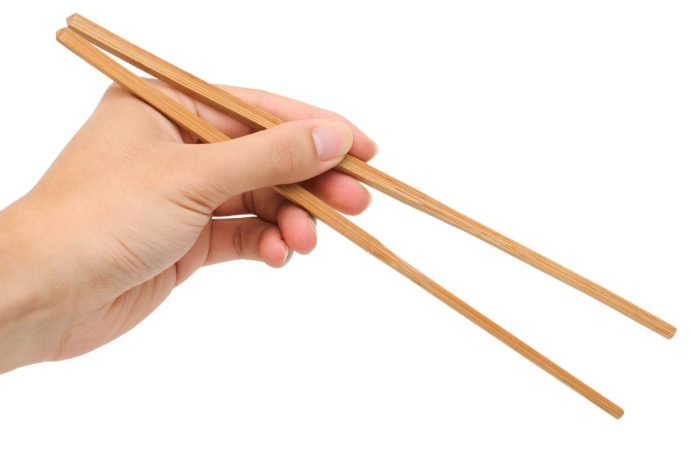筷子:餐桌上的文化传承

Chopsticks are a traditional eating tool commonly used in many Asian countries, especially in China. They are two long, thin sticks that are held in one hand and used to pick up food.
The history of chopsticks dates back over 3,000 years to the Shang Dynasty in China. Before chopsticks, people ate with their hands, but sticks were necessary for eating hot soup and porridge. During Pre-Qin Period chopsticks were called “Jia”, and during the Han Dynasty they were called “Zhu”. Because “Zhu” shares the same sound as “stop” in Chinese, which is an unlucky word for people on boats, they began to call them “Kuai”, meaning “fast” in Chinese.
Using chopsticks requires a bit of skill and practice. The key to using chopsticks is keeping one chopstick in position while pivoting the other one to pick up food. With a little practice, one can easily pick up even the smallest pieces of food.
There are also etiquette (礼仪) rules of chopsticks. For example, it’s considered impolite to point at people with chopsticks or to stick them vertically (直立地) into a bowl of rice. Sharing food with others by picking it up with chopsticks is a sign of care and respect, especially towards the elderly and children.
Chopsticks are more than just tools for eating; they are also a part of Chinese culture.
原创编写 版权所有 侵权必究! 每日更新 个性化阅读 英语飙升!